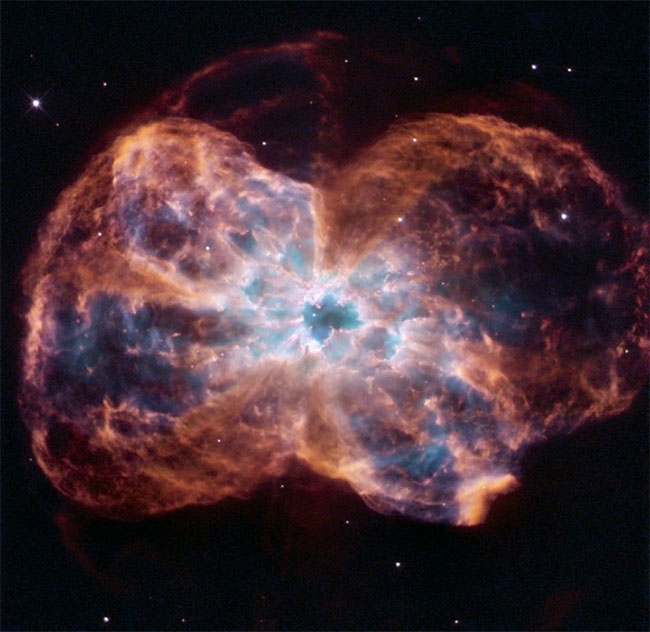Stars begin to live when hydrogen fusion occurs inside their hot, concentrated nuclei. Once the process has started, the game begins.
The gravitational pull of the star’s entire mass attempts to compress it to a microscopic point, but the energy emitted by the fusion reaction pushes backwards, creating a delicate balance that can linger throughout the row. . Million, even trillions of years. Ruins of a supernova.
Little stars live a long time. Due to their small size, they don’t need a lot of energy to balance the gravitational pull inward, so they only get energy from their hydrogen stores. In addition, the atmospheres of these stars are constantly circulating, attracting new hydrogen from the outer layers to the core, where it is used as fuel for the ongoing fusion reaction.
As noted above, a common red dwarf will burn hydrogen in its nucleus for trillions of years.
As these little stars get older, they gradually become brighter until they abruptly die, becoming a large and bulky mass of helium and hydrogen, hovering around the universe without any concern.
A melancholy fate, but at least a peaceful end.
Glorious end
When the big stars in our universe die, things get much more brutal. Due to their enormous size, the fusion in their nuclei has to occur much faster to maintain a balance with gravity.
Although they are much heavier than their red dwarf brethren, large stars have a significantly shorter lifespan – just a few million years. (According to the time factor of astronomy, a large star can only last … a week)
But when the great stars passed away, they displayed terrifying explosive power. Their enormous size means that the gravitational pressure is strong enough to not only fuse hydrogen but also helium. And carbon, oxygen, magnesium, silicon, and a bunch of other elements on the periodic table are created inside these giant stars as they reach the end of their life.
But once these stars form an iron core, the music ends and the party is finally over.
All of the material surrounding the iron core compresses towards the core, but the iron melting reaction does not produce enough energy to resist it. As a result, the nucleus shrinks into a mass with such enormous density that electrons merge with protons, turning the entire nucleus into a giant ball of neutrons.
This neutron ball could (temporarily) prevent the collapse, triggering a supernova explosion. In a week’s time, a supernova will emit more energy than our sun emitted in its 10 billion years of life. The shock waves and matter projected during the explosion create bubbles in the universe, disrupt nebulae, and even blow matter through different galaxies.
It is one of the most fascinating scenes in the whole universe. When supernova explosions occur in our solar system, they will be so bright that they are visible during the day and even brighter than a full moon at night.
 A giant red star dissolves its outer gas layer into a white dwarf star.
A giant red star dissolves its outer gas layer into a white dwarf star.
The last performance
The stars of average height are the ones who suffer the most. Their size is too big to quietly disappear and too small to cause a supernova explosion, so they transform into creepy monsters before they explode.
With these medium-sized stars (including those like our own sun), the problem is that once inside their nucleus forms a ball of oxygen and carbon, there isn’t enough mass around it. of her. Merge into something heavier. So, they’re just spinning in the same spot, getting hotter day by day. The remains of the star react to the hot core of hell, swelling and turning red, creating a giant red star. When our sun turns into a giant red star, its edges move closer to Earth’s orbit.
The red giant scene is characterized by poor stability, and stars like our sun will constantly tremble, collapse, and bounce up and down – each of these events triggers the winds to carry part of the sun’s mass to propagate through the solar system.
In the final moments, a medium-sized star will erupt from the core to create a boiling nebula orbiting the planet, thin bands of gas and dust around the core of carbon and oxygen in the center has been revealed. The nucleus, once revealed, has a new name: the white dwarf star.
The white dwarf would illuminate the nebula orbiting the planet, energizing it for about 10,000 years before it became incapable of performing such “light shows” on its own.
Although beautiful and confusing when viewed through a telescope, the nebulae orbiting the planet are the product of the painful death of a star. Seductive but also full of obsession.


